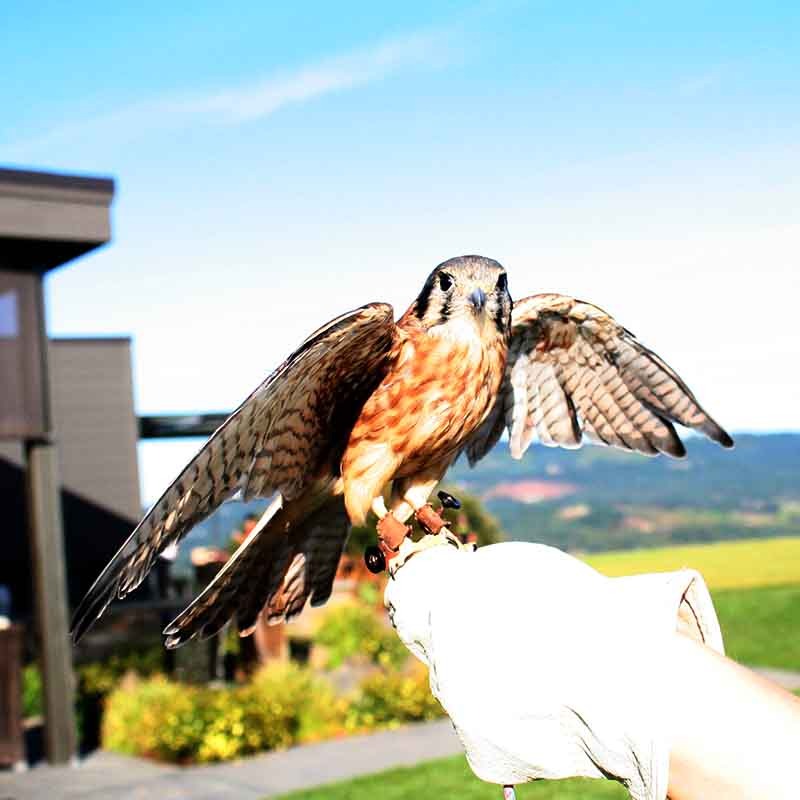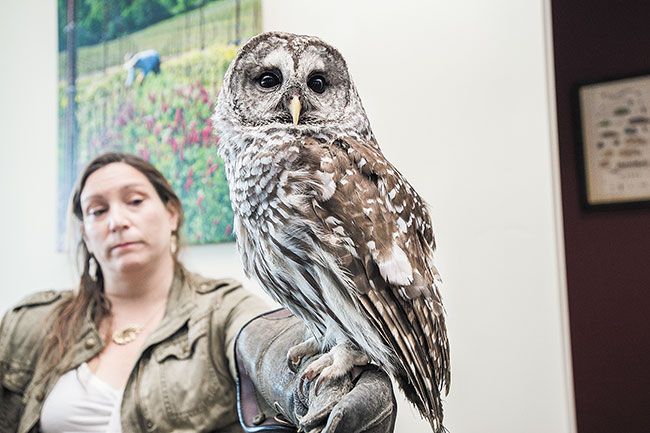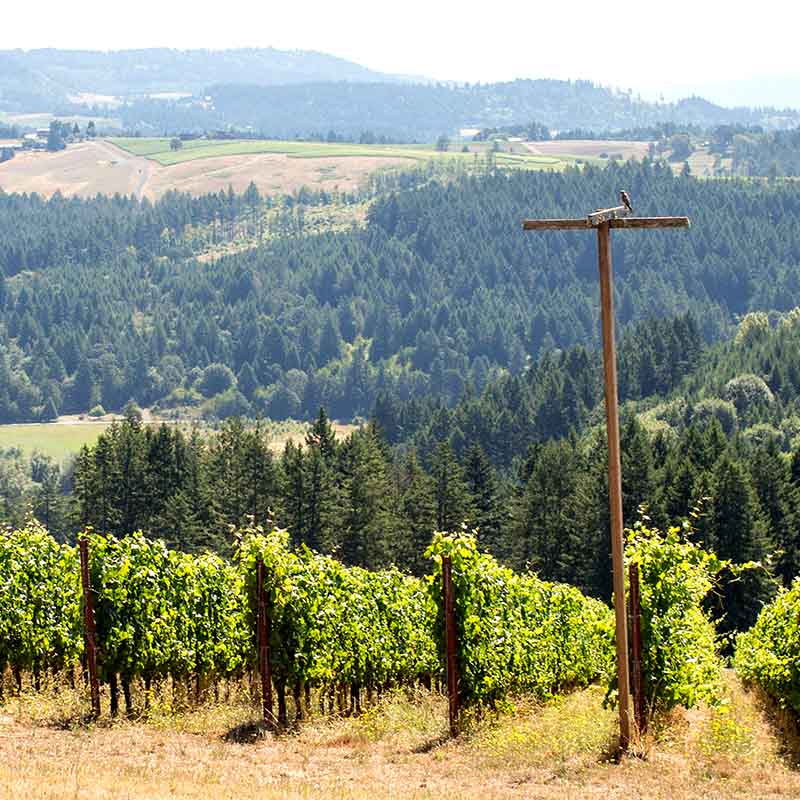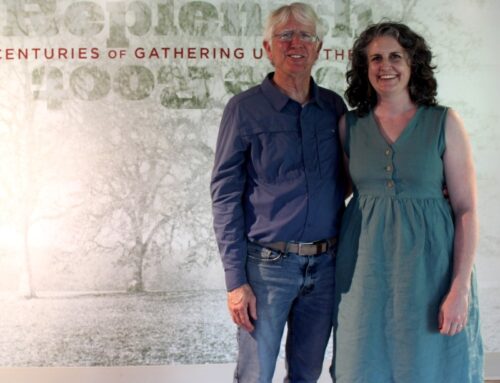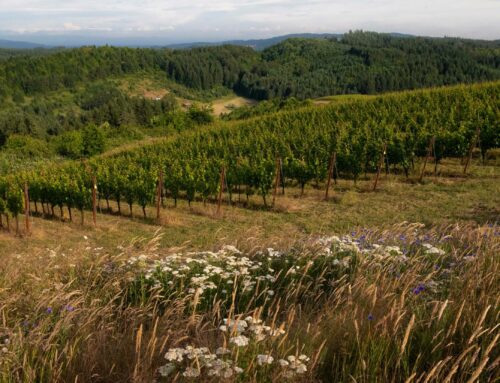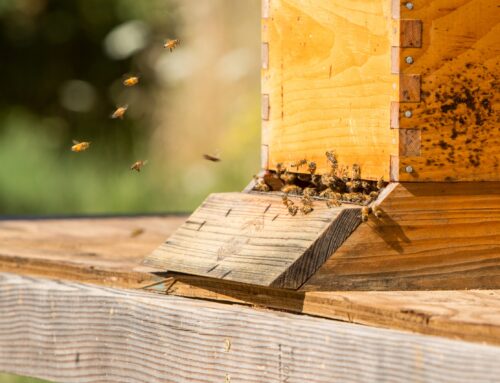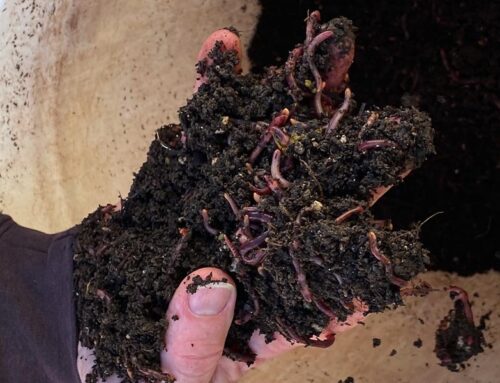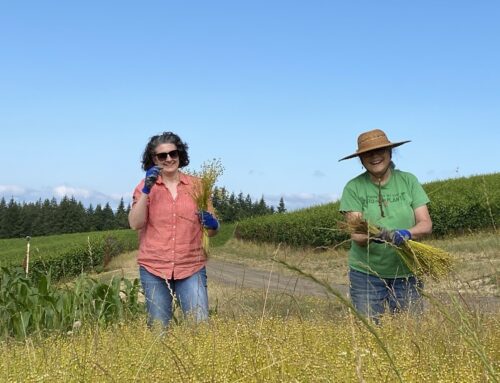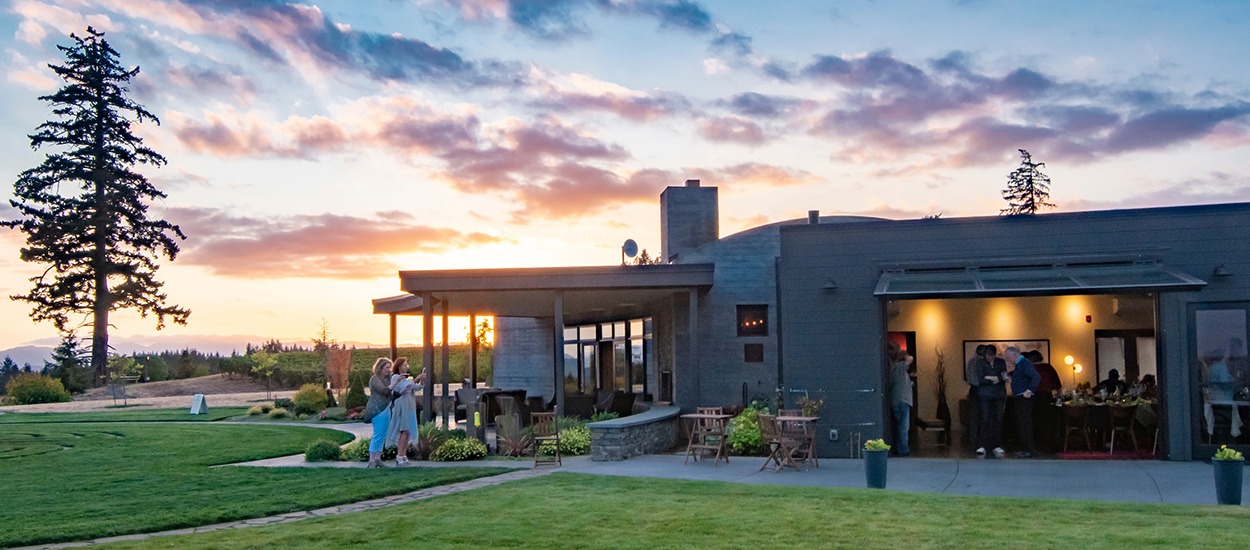A few lucky kestrels or screech owls are about to find new homes inside the 80-acre Certified Family Forest at Fairsing Vineyard.
Since January of 2016, Fairsing Vineyard has installed over twenty kestrel and screech owl nesting boxes.
According to the National Audubon Society the population of the most common North American species of birds has fallen by approximately 70% since 1967 with the largest factor leading to this decline being loss of habitat.
Reforestation of woodlands after logging does not attract birds back to their natural habitat as the vast majority of bird species are “cavity-nesters,” meaning they use existing cavities from dead snags or decaying trees for nesting. The installation of nesting boxes, which have been placed throughout the property, enhances the maintenance and growth of existing populations.
The twenty nesting boxes installed at Fairsing Vineyard were designed specifically for kestrels and screech owls. The wooden nesting boxes were placed 10-20 feet above the ground with an open field visible from the front and woodland behind to provide an open view for food and shelter. The boxes were positioned facing north to north east to protect from storms that predominantly blow from the southwest Van Duzer Corridor.
Fairsing Vineyard is hopeful the forest offers a comfortable habitat for the bird families. Birds such as kestrels and screech owls help chase away migrating robins and cedar waxwings that steal fruit just before harvest.
Both of the birds of prey are year-round Oregon residents. Their nesting season is mid April to late May. Females from both species lay 4-6 eggs, which incubate for about one month. The hatchlings leave the nest after a month. Both birds feed on insects, small mammals and small birds.
February 2016
